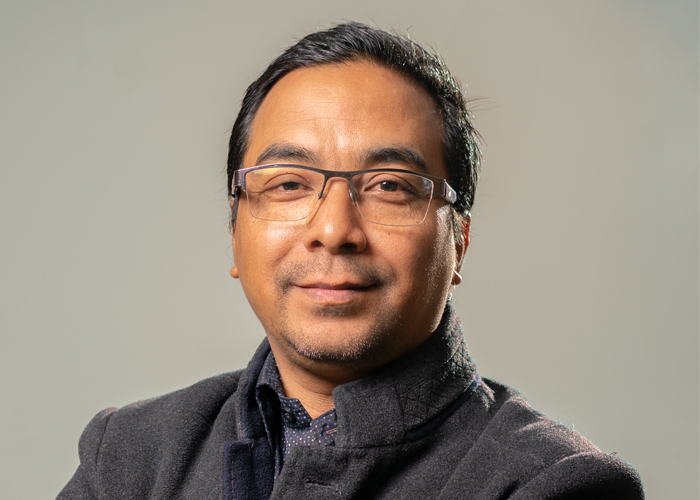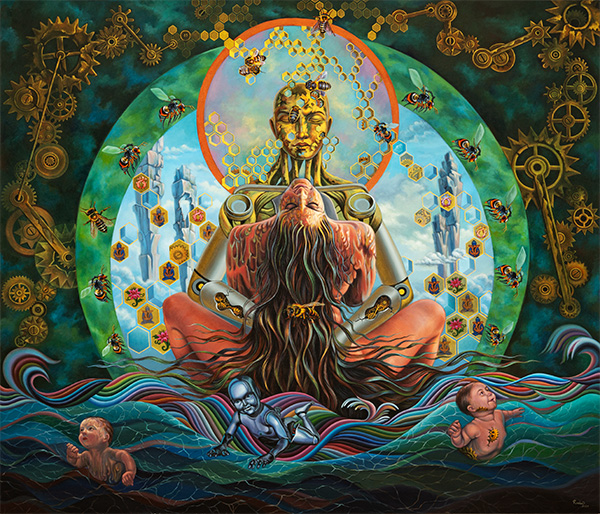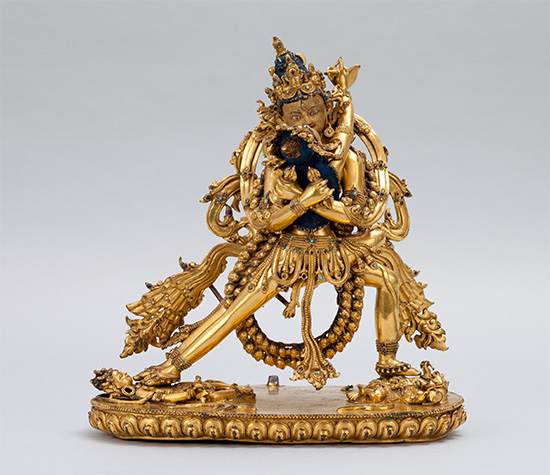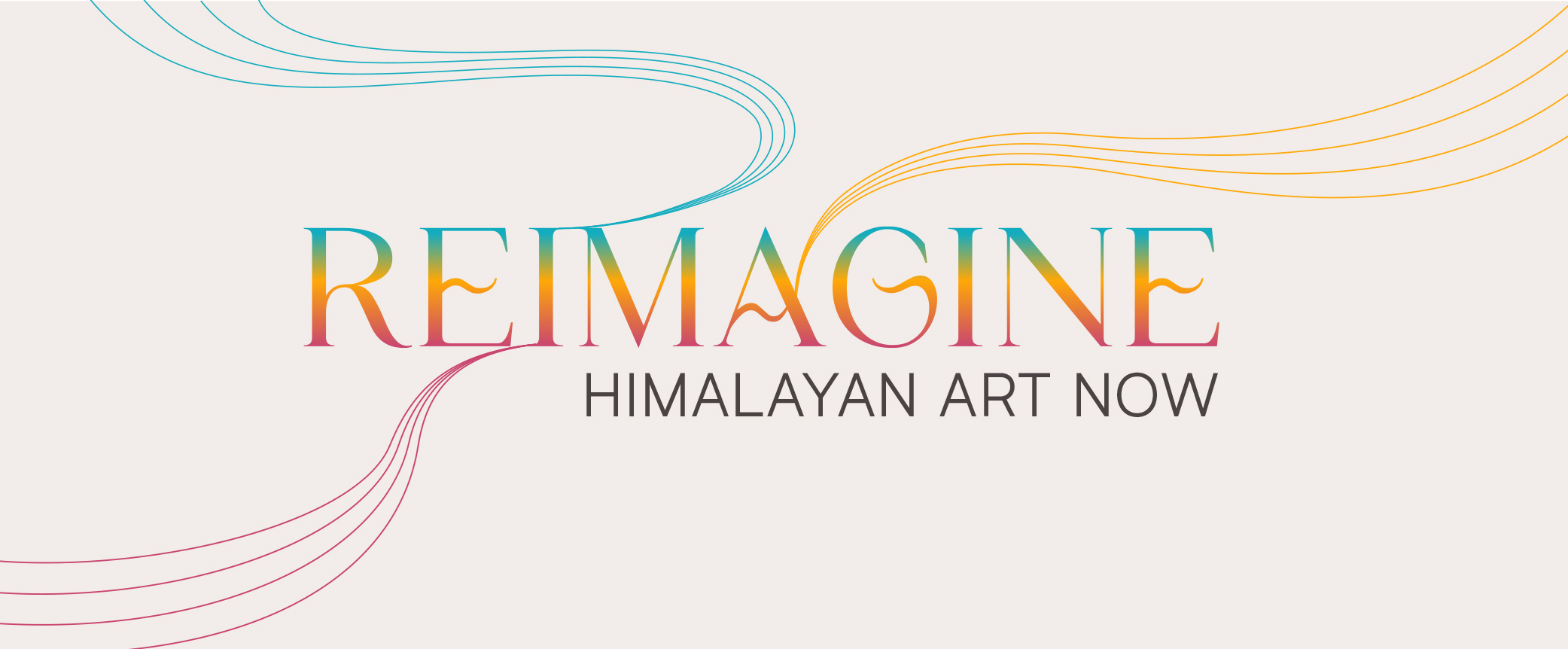
Roshan Pradhan
Reimagine: Himalayan Art Now
March 15–October 6, 2024

LISTEN TO THE ARTIST
ABOUT THE ARTIST
Roshan Pradhan (he/him)
b. 1977, Bhojpur Bazar, Nepal; lives and works in Kathmandu, Nepal
Roshan Pradhan is a visual artist from Nepal. His work is concerned with humanity in the twenty-first century and the rapid rate of technological progress. He creates hyper-realistic paintings fusing traditional Himalayan motifs and themes of advancing technology with depictions of human figures, robots, and deities. The artist mixes traditional deities and human figures with technology to portray the evolution of robots as our contemporary and future gods, questioning the wisdom of this path.
Roshan Pradhan completed his master’s degree in fine arts from Lalitkala Campus. With over 25 years of experience in the art world, he now works as a freelance artist. Pradhan has held three solo exhibitions: Hanger at Nepal Art Council Gallery in 2007; Hanger 2 at Sakano Ueno Bijutsukan Art Gallery in Hokkaido, Japan, in 2013; and Nodes Expression and Human Feelings at Nepal Art Council Gallery Babar Mahal, Kathmandu, Nepal, in 2014. He is director of the Pagoda Institute of Fine Arts and a founder member of Pagoda Group Nepalese Contemporary Artists Guild. He is also a member of the International Island Country Arts Group in Turkey.
@roshan.pradhan.7731
ABOUT THE ARTWORK IN REIMAGINE

This artwork imagines a future influenced by advanced technology, where robots have evolved to be human-like with human-like desires, ushering in a new world order. Similar to the portrayal of deities in union, as exemplified by the Rubin’s sculpture of Chakrasamvara in Union with Consort Vajravarahi, here the artist reimagines the central image as a union between a human and a robot. Below the central figure a humanoid swims in an ocean of change, hinting at the possibility of offspring being created. The depiction of robotic bees signifies the potential danger to humanity. While exploring the transformative concept of robots reproducing through intimate interactions, the artist highlights the potential impact on future generations and cautions against the displacement of humanity by machines.
RELATED RUBIN OBJECT

This object from the Rubin Museum’s collection is presented in the Reimagine exhibition in dialogue with New World, inviting new ways of encountering traditional Himalayan art.
ABOUT THE ARTWORK IN REIMAGINE

Garuda symbolizes power and bravery, embodying the attributes of Vishnu, the preserver of cosmic order. Here Garuda’s feet suppress the robot that is attempting to derive power from technology. Energy illustrates how Garuda, the true form of god, controls the manmade robot aspiring to rise and assert its power in the world. The artist believes that as long as the energy of god persists, humankind will be preserved against the invasion of the robot. The artwork emphasizes the continuous connection between scientific advancements, human endeavors, and the divine order of the universe, through the interplay among god, humanity, and technology.
RELATED RUBIN OBJECT

This object from the Rubin Museum’s collection is presented in the Reimagine exhibition in dialogue with Energy, inviting new ways of encountering traditional Himalayan art.


